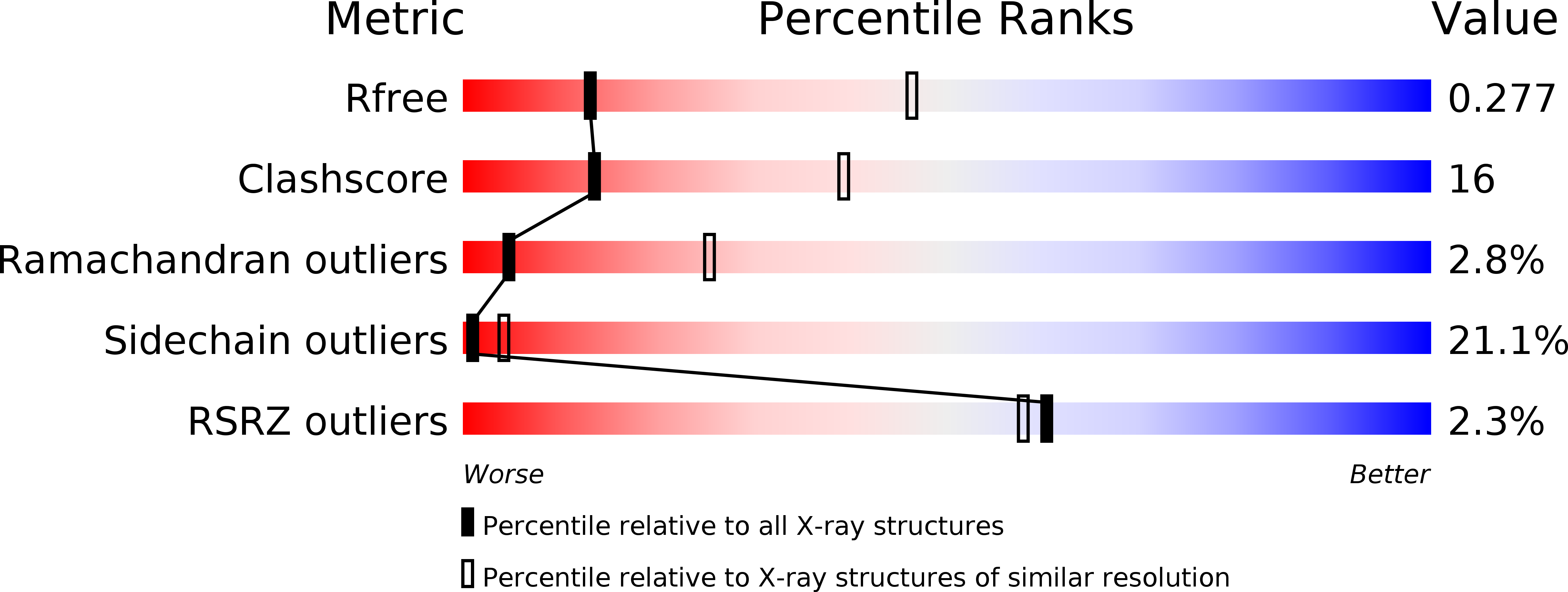
Deposition Date
2004-04-26
Release Date
2004-07-27
Last Version Date
2024-04-03
Entry Detail
PDB ID:
1T3E
Keywords:
Title:
Structural basis of dynamic glycine receptor clustering
Biological Source:
Source Organism:
Rattus norvegicus (Taxon ID: 10116)
Host Organism:
Method Details:
Experimental Method:
Resolution:
3.25 Å
R-Value Free:
0.30
R-Value Work:
0.24
R-Value Observed:
0.24
Space Group:
P 61


